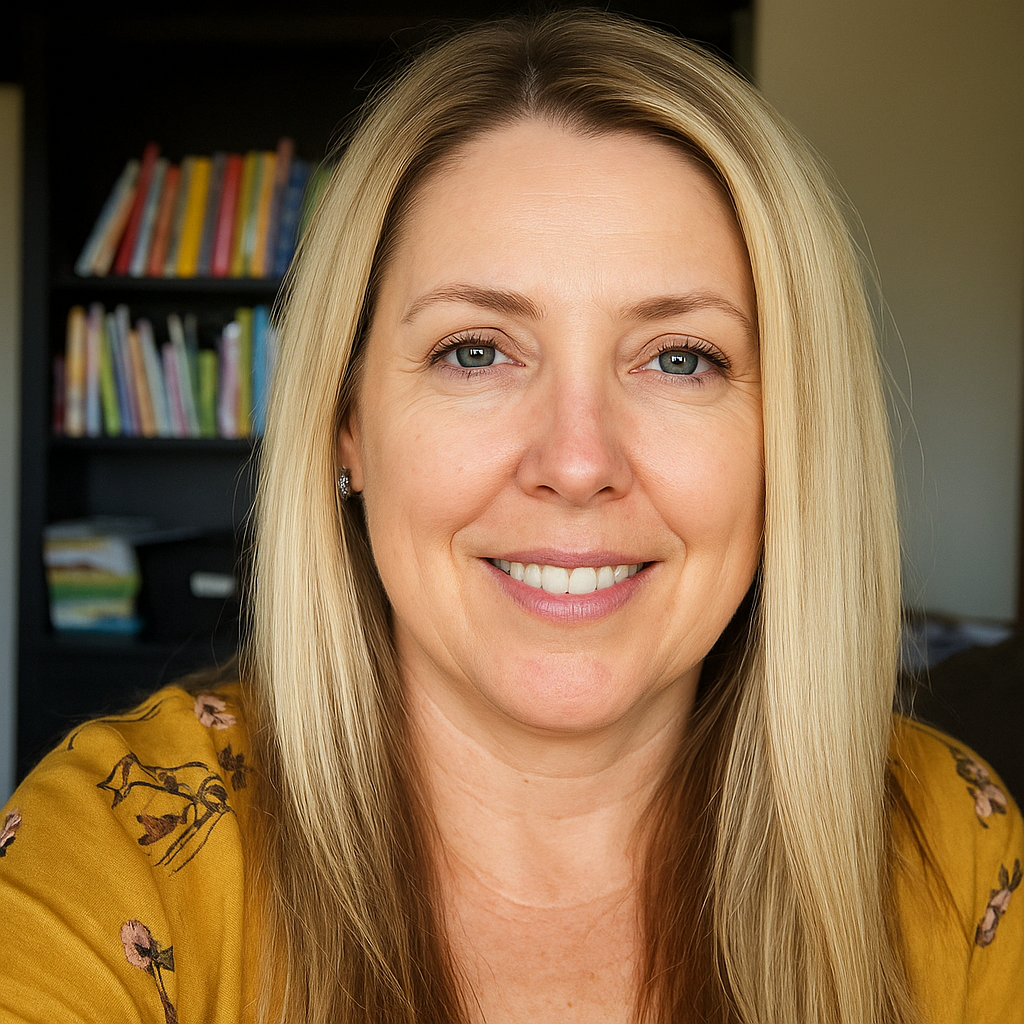By Stacy Hurst
This post is Part 2 of a six-part series, “Inside the RH Method,” exploring how the science of reading connects to daily classroom practice. Read Part 1 here.
Why I Was Skeptical About Marking Systems
When I was first introduced to the Reading Horizons method, I’ll admit I was skeptical about the marking system. As a first-grade teacher, I worried that asking students to add all these symbols and marks to words might confuse them—or worse, that they’d start sprinkling random markings into their writing. I had seen other phonics programs use what felt like overly complicated marking systems, and I wondered if this would be the same. After all, authentic text isn’t written with diacritical marks or syllable lines, and my goal was to help students read and write fluently in the real world.
How Marking Systems Support Effective Phonics Instruction
But as I implemented the method in my classroom, I began to see something that changed my perspective. The RH markings were actually more simplified than other systems I’d seen, and for my first graders, they accelerated their learning of spelling patterns and made it easier for them to apply those patterns when decoding. The marks weren’t a distraction; they were a scaffold. When students came to a word they didn’t know, they had a strategy — something concrete they could do to analyze the word. Rather than guessing or giving up, they marked the vowels, divided the syllables, and applied what they knew. Over time, I saw them become more independent and confident, often figuring out unfamiliar words on their own.

Helping Older Students with Effective Phonics Strategies
Later, as a reading specialist in my K-5 elementary school setting, I saw the same success with other beginning readers as well as older students who had struggled for years. In small groups, we kept a whiteboard handy so students could write down tricky words they encountered and work through them with markings. Most of the time, they solved the word on their own, and the next time they saw it in print, they often recognized it right away—something that rarely happened when they were just told the word. The process of marking and decoding seemed to help them internalize the word’s pattern and pronunciation, aligning with what we know about orthographic mapping: the brain connects sounds and spellings more quickly when students actively analyze and pronounce words.
Making the Invisible Visible in Effective Phonics Instruction
For me, the marking system became a way to give students a tool — a sort of manipulative — to help mediate the cognitive load of learning new patterns. By making the invisible visible, it allowed them to focus their mental energy on applying phonics rules rather than holding abstract information in their working memory. And while research hasn’t yet definitively answered the question of exactly when to fade multi-modal scaffolds like this, I always kept in mind that markings are a means to an end. The goal is for students’ brains to recognize patterns and words so automatically that they can focus fully on comprehending the text.

Why Marking Systems Are a Scaffold, Not a Forever Tool
Like any scaffold, markings need to be thoughtfully introduced and gradually removed as students gain proficiency. I don’t advocate for students marking every word forever. I see it as a powerful instructional support — one that gives students something to lean on while they build the mental pathways that make reading efficient and effortless.
There’s still much to learn about how marking systems can most effectively support students. But in the meantime, my many years of experience with the Reading Horizons method have shown me that a marking system, when used well, can make a big difference in helping students move from guessing to decoding with confidence and understanding.
See RH’s marking system in action — try Reading Horizons Discovery for free today!
Read Part 1 in the series or move on to Part 3.


